Trinidad
Trinidad is just offshore from Venezuela. The crossing from Grenada to Trinidad has had some piracy issues in the past, from entrepreneurial Venezuelans, so we planned this one a little more carefully than a typical crossing of that length. Many sailors had advice to offer, but really the precautions to take aren't that complicated, and the risk seems pretty minimal. We hear rumours that there have been more recent incidents, but officially it's a been a few years since the last one.
We filed a float plan with the Trinidadian coast guard, telling them when to expect us and how to contact us. And we sailed at night, where it's far harder to spot a vessel and board it. We went dark on AIS, too, but that was probably an unnecessary precaution. AIS is a very useful anti-collision mechanism. Some sailors had suggested running completely dark, without lights, but that seemed a little too extreme. If on really needs to escape something, there's always the option to douse the lights and hide in the dark.
After clearing out in Port Louis (a taxi ride away), we planned to set off in the late afternoon, so we could get out of Woburn Bay before sunset. It has some reefs at the entrance, marked, but it's always good to treat reefs with respect.
As usual, before starting the engine, I went down to the engine room to check oil and coolant. It smelt of diesel, not a good sign. The bilge looked milky, clearly some diesel had leaked into it. It didn't take long to find the source, a rubber fuel return line that had cracked from heat and age, and there was a nice pool of fuel on the engine. While we knew we probably had some spare line on board somewhere, the return lines are low pressure and I could easily jury rig a repair with some heat-shrink over the line, where it was cracked. We only had to get to Trinidad, where we'd be hauling the boat in a couple of days. A full repair could happen later.
This took half an hour. By the time the engine was ready to run, and the bilge was mopped up, the sun was setting. But that was fine, we could still make the trip to Trinidad that night.
The sail was easy enough, we had a good wind on a beam reach, most of the way. We took 4 hour shifts on watch, if I remember right. There were a few other sailboats visible on the crossing. And some coming the other way.
Half way between Grenada and Trinidad are some gas fields, with well lit platforms surrounded by tankers and other support ships buzzing around them. We kept our distance, about 7nm away.
As we approached Trinidad, the water got busier, traffic from the platforms and elsewhere converging on the Bocas del Dragon. This is the gap between Trinidad and Venezuela, leading into the bay of Paria. Approaching the Bocas, we lost our wind, and picked up a pod of dolphins for a while.

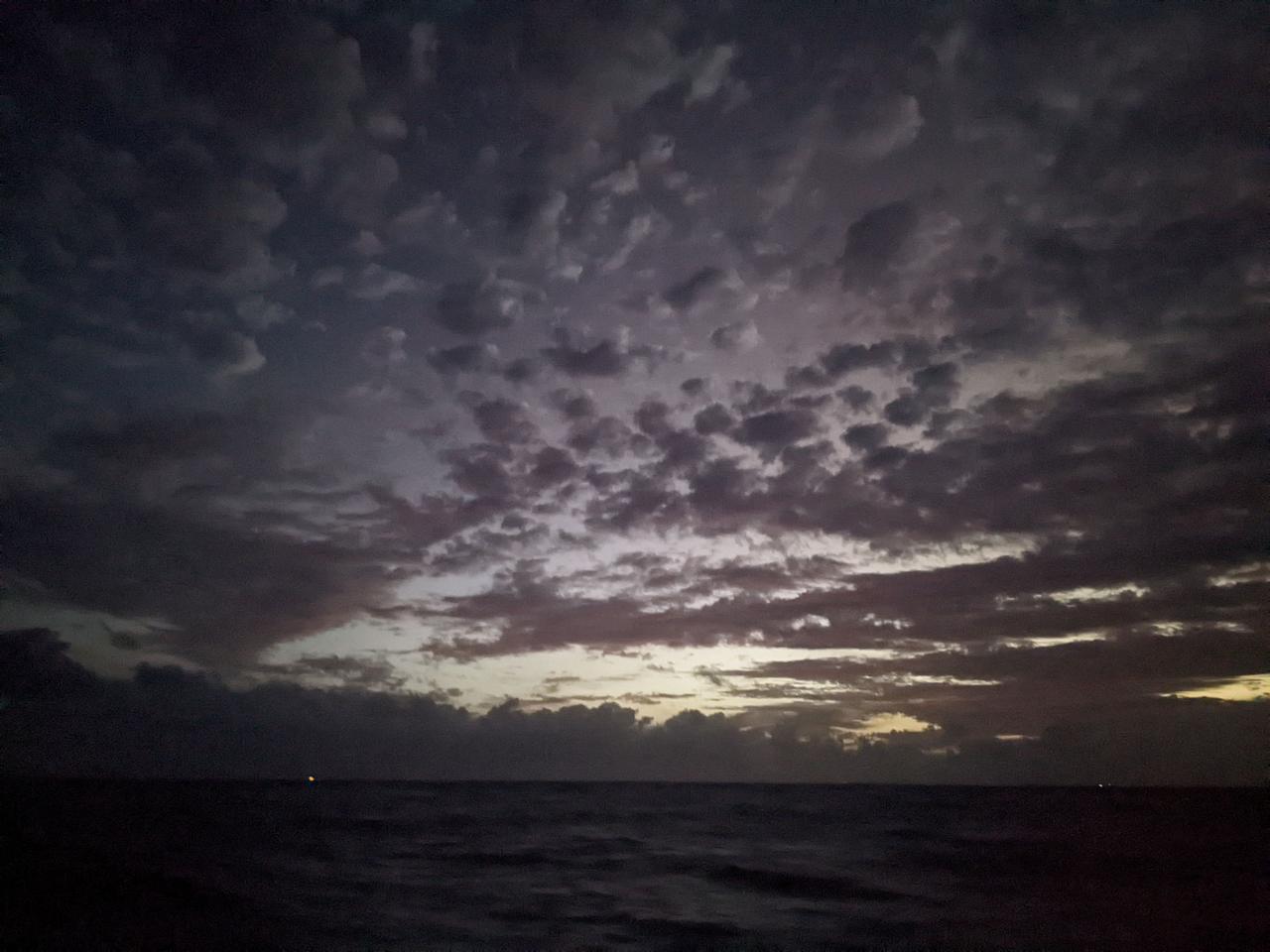
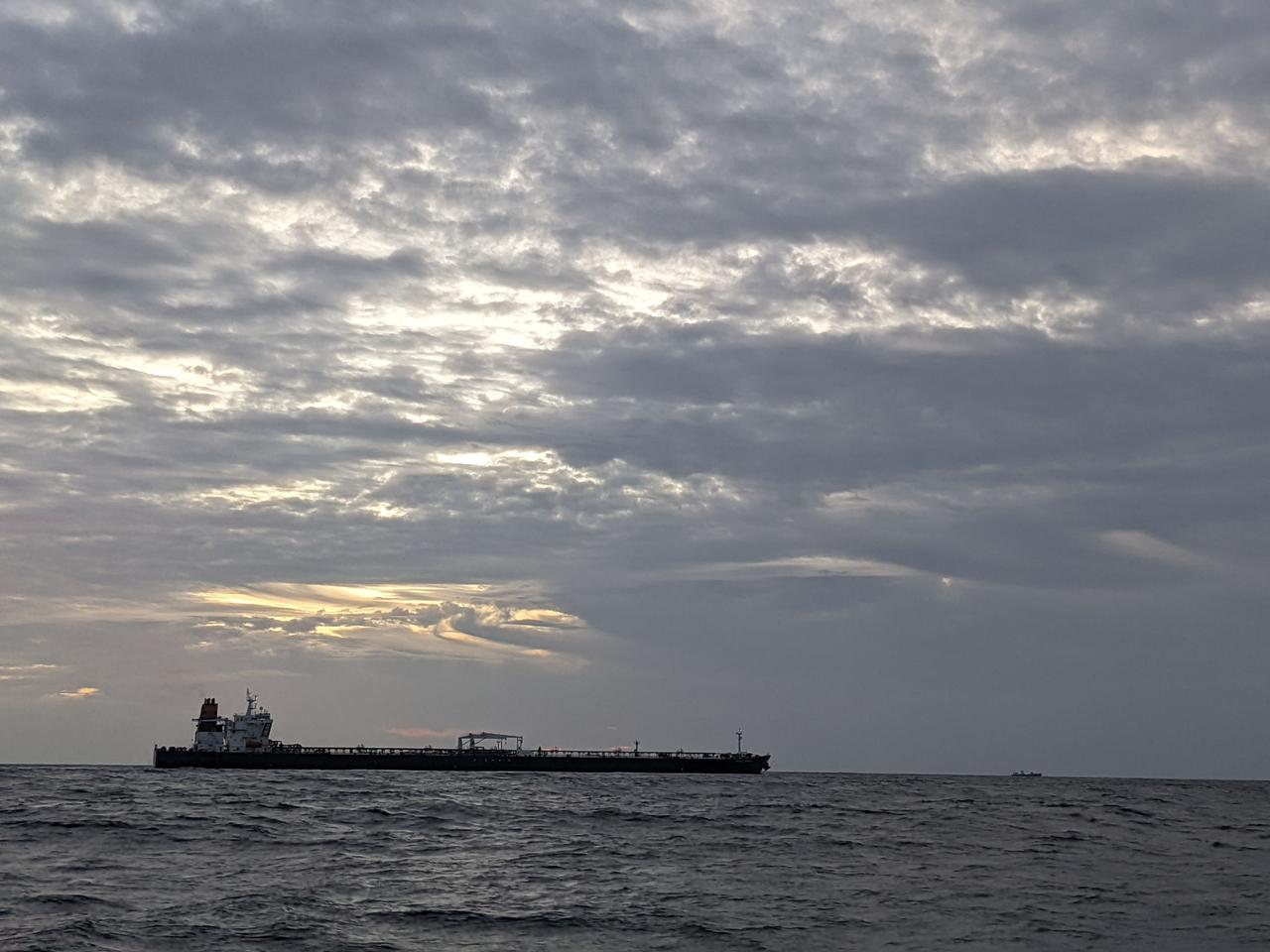
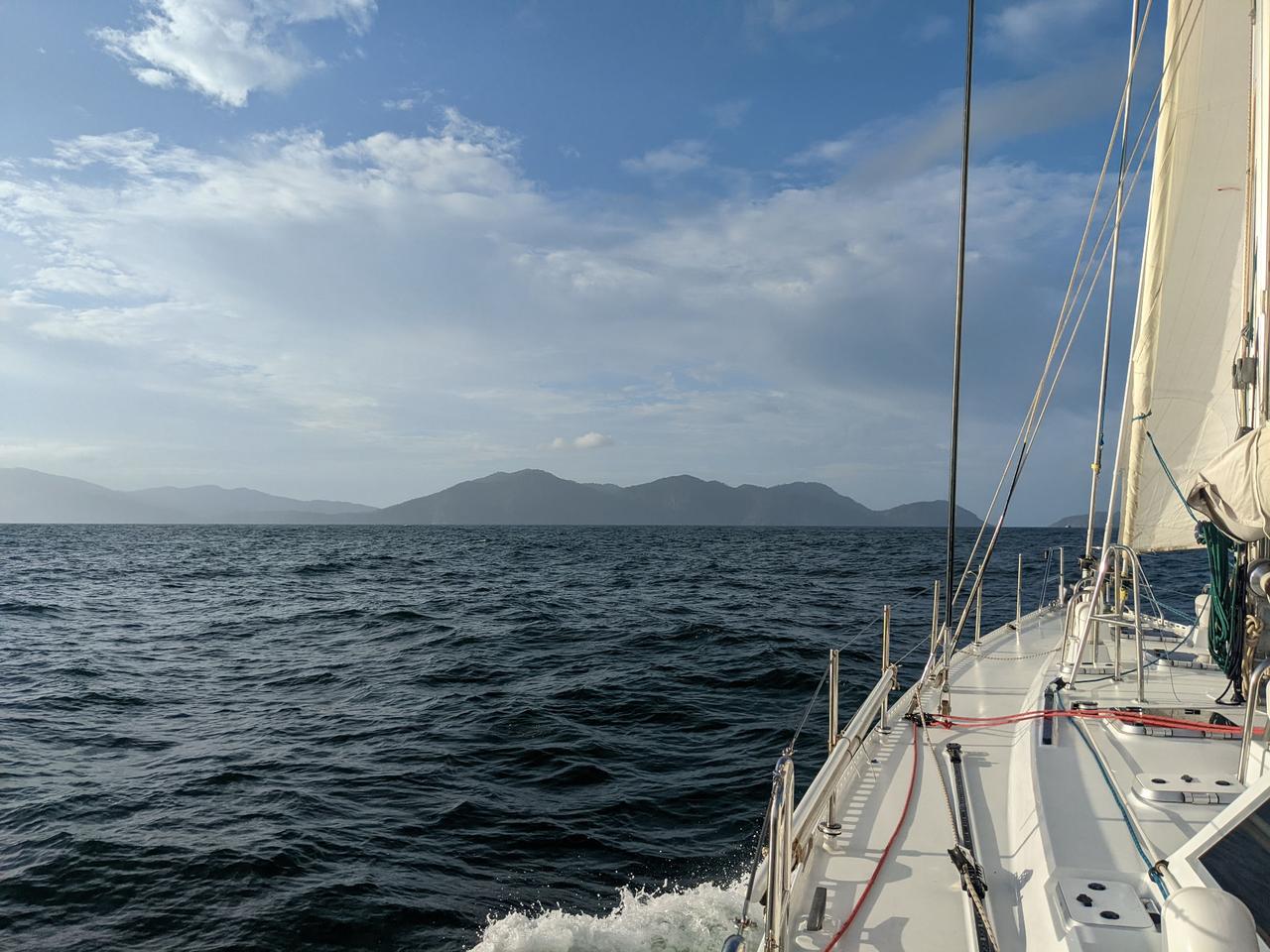
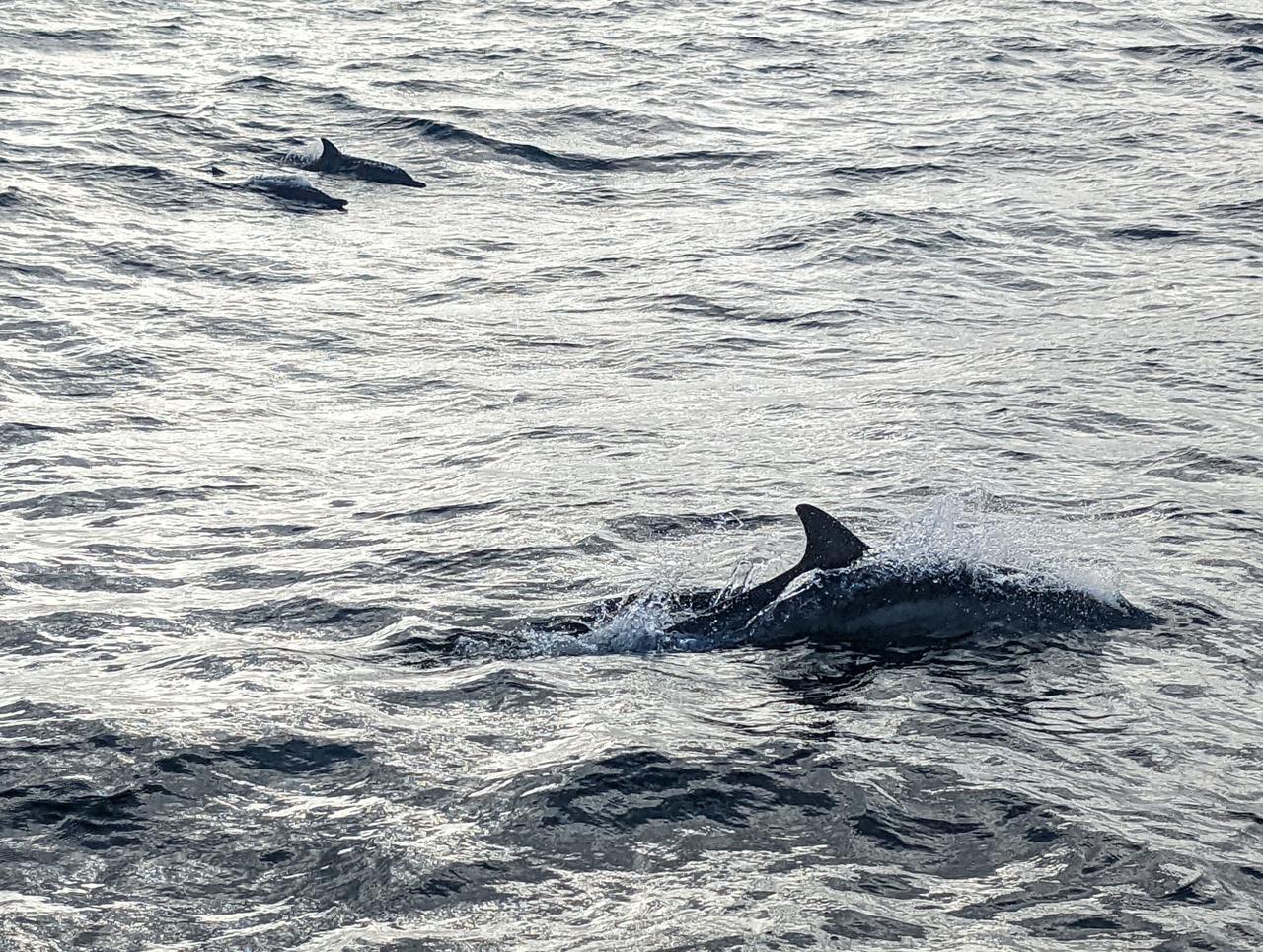
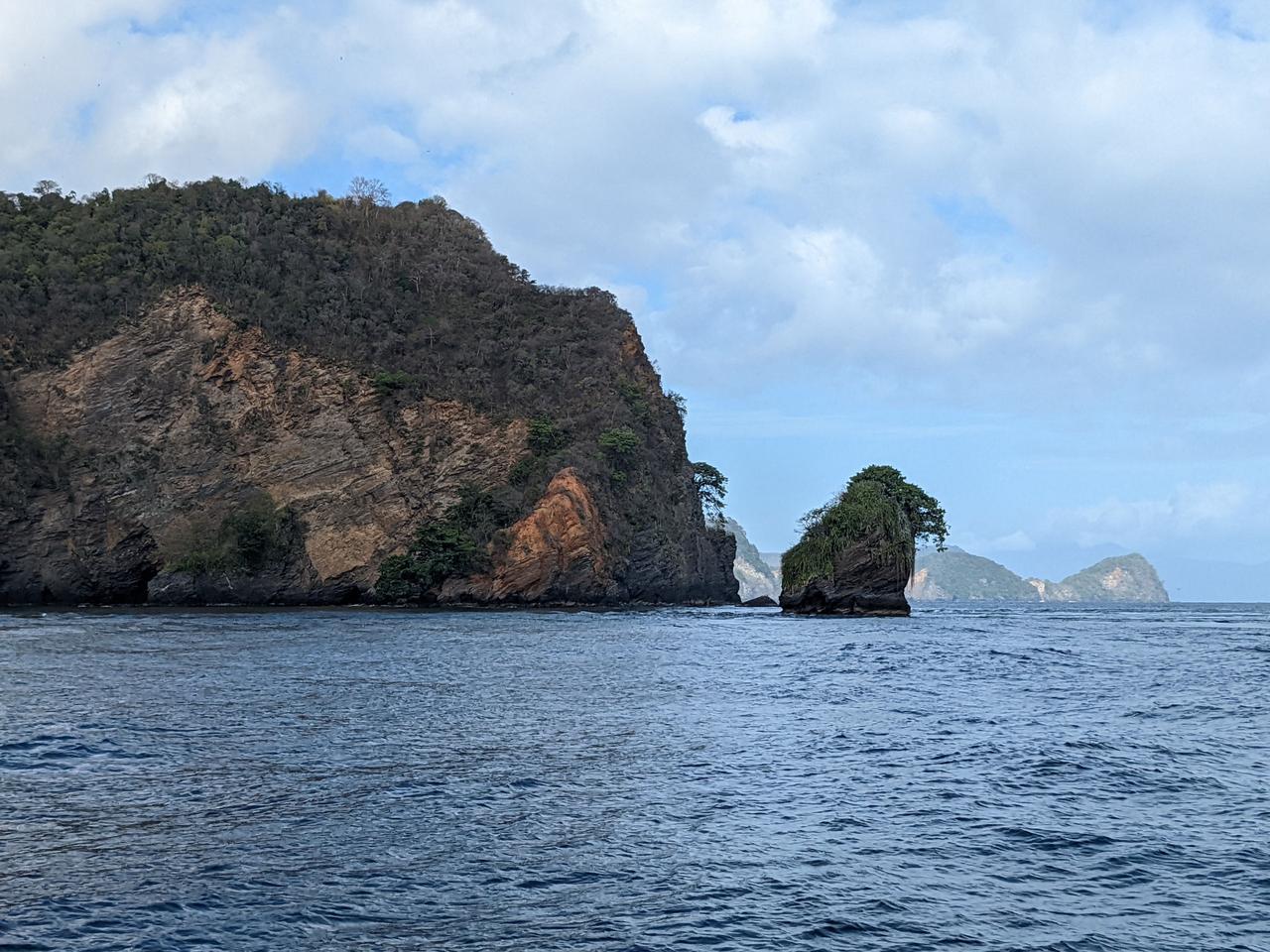
We headed through the Boca de Monos, the Eastern-most channel. The landscape of Trinidad appears immediately different to the other East Caribbean islands. A thick jungle above cliffs that were slowly collapsing into the ocean.
And suddenly we popped out into Chaguaramas, a busy industrial harbour, with lots of oil industry support vessels, and a few big boat yards. We anchored out in the dirty bay, and waited for permission to come ashore and clear in.
Later we found out that the spot we'd anchored in has a wreck, that's known to eat anchors. It's best to take a mooring ball in this area.
This a couple of days to get, but that was fine, we caught up on some sleep while we waited.
Comments
Comments powered by Disqus